Vincent Kartheiser & Rich Sommer sit down in 1965 to discuss trains and why we need them. Trains get you where you want to go, more directly than planes too.
View this complete post...Archive for the ‘National’ Category
Mad Men on Trains
Wednesday, March 9th, 2011Poll: More Than A Third Of Americans Aware Of High Speed Rail Projects In Their State
Monday, March 7th, 2011
HARRIS INTERACTIVE
When Americans were asked about awareness of high-speed rail projects, only a little more than a third (35%) of those living in one of the proposed high-speed rail corridors said they are aware of a high-speed rail project that is either proposed or under development in their state, with more than four in ten (45%) unsure…Not surprisingly, awareness is highest in states where HSR is developing the fastest (68% are aware in California corridor, 60% in Florida). Awareness in other states with proposed high-speed rail projects include the Chicago Hub at 31% and New York at 28%.
TRAFFIC VOLUME TRENDS
Thursday, March 3rd, 2011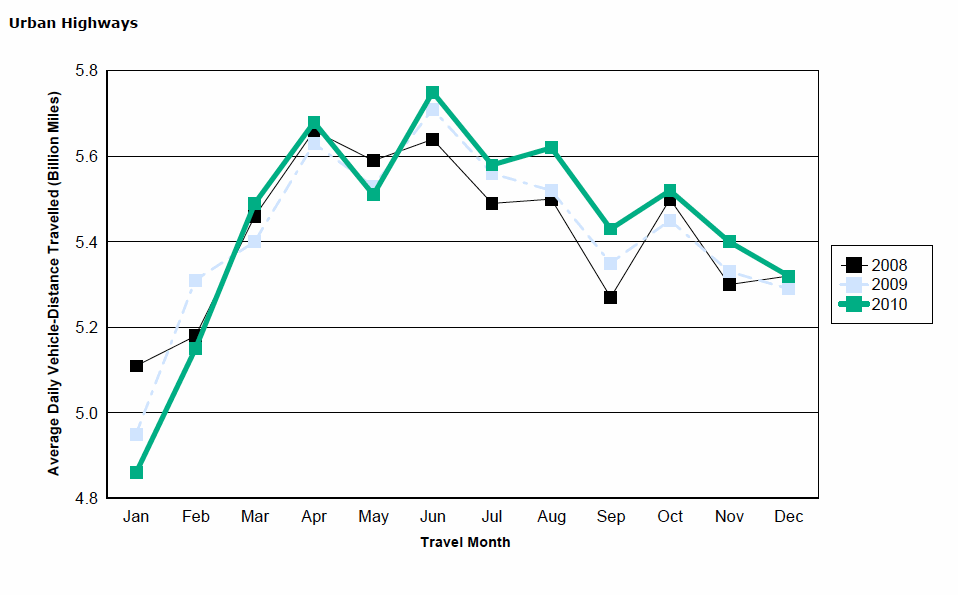
Based on preliminary reports from the State Highway Agencies, travel during December 2010 on all roads and streets in the nation changed by +0.6 percent (1.4 billion vehicle miles) resulting in estimated travel for the month at 243.4** billion vehicle-miles.
View this complete post...Transportation 101: An Introduction to Federal Transportation Policy
Tuesday, March 1st, 2011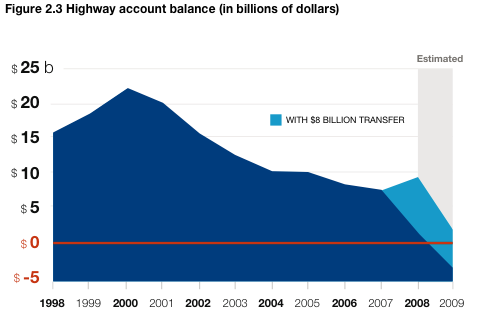
TRANSPORTATION FOR AMERICA
The next transportation bill must address the many challenges our nation is facing: crippling commutes, rising costs, wasteful spending, lack of options and economic development in our urban, suburban and rural communities. As Congress prepares to debate the next bill, Transportation for America offers this guidebook as a reference to existing policies and programs, their historical background and the issues that numerous stakeholders believe must be addressed this time around.
Guest on The Infra Blog: Hilary O. Shelton, Washington Bureau Director & Senior Vice President for Advocacy, NAACP
Monday, February 28th, 2011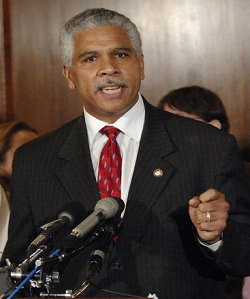
Hilary O. Shelton, presently serves as the Director to the NAACP’s Washington Bureau, and is the Senior Vice President for Advocacy and Policy. The Washington Bureau is the Federal legislative and national public policy division of the over 500,000- member, 2,200-membership unit, national civil rights organization.
View this complete post...From the National Journal Transportation Blog, Week of Feb 28…
Monday, February 28th, 2011All three governors who rejected the federal HSR grants — Govs. Walker, Kasich and Scott — told Sec. LaHood that their states could badly use that money for more urgent needs of fixing roads, bridges and transit systems and, in the case of Gov. Scott, rebuilding Florida’s ports in anticipation of the Panama Canal expansion. Yet Sec. LaHood turned a deaf ear to those requests, insisting that the stimulus money must be spent on high-speed rail — even though money spent on other modes could have been just as effective in creating jobs.
View this complete post...Rural Transportation Needs
Friday, February 25th, 2011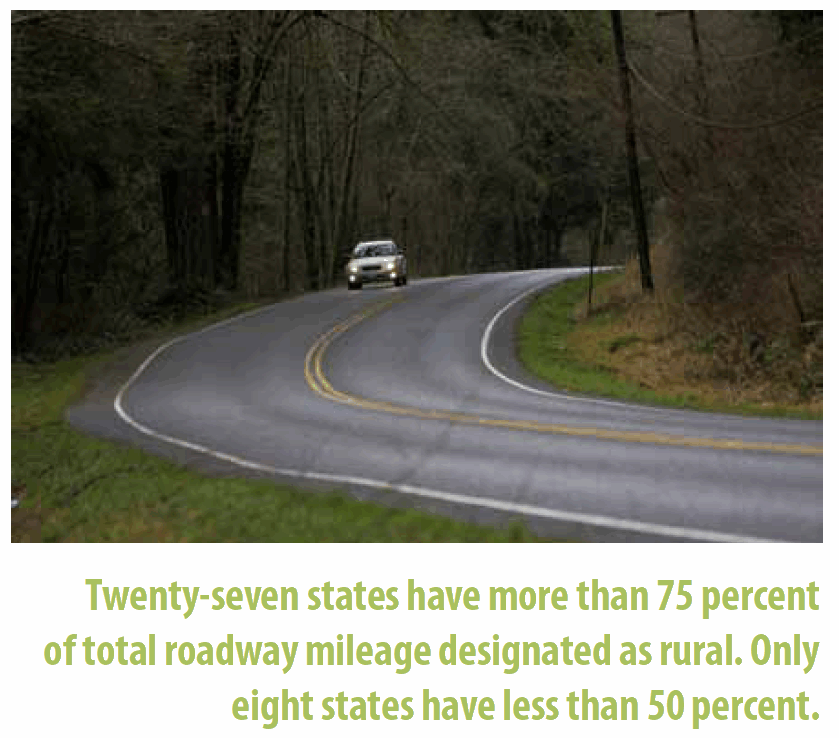
THE COUNCIL OF STATE GOVERNMENTS
Rural areas face a looming highway capacity crisis in the years ahead unless significant investments are made. But rural areas need substantially different kinds of investments, tools to finance rural transportation projects and policy strategies than urban areas need. For many rural states, adequately funding roads and bridges is still the primary issue, much more than public transit, high speed rail and other transportation solutions that may make more sense in densely populated areas.
Pathways Out of Poverty for Vulnerable Californians: Policies that Prepare the Workforce for Middle-Skill Infrastructure Jobs
Thursday, February 24th, 2011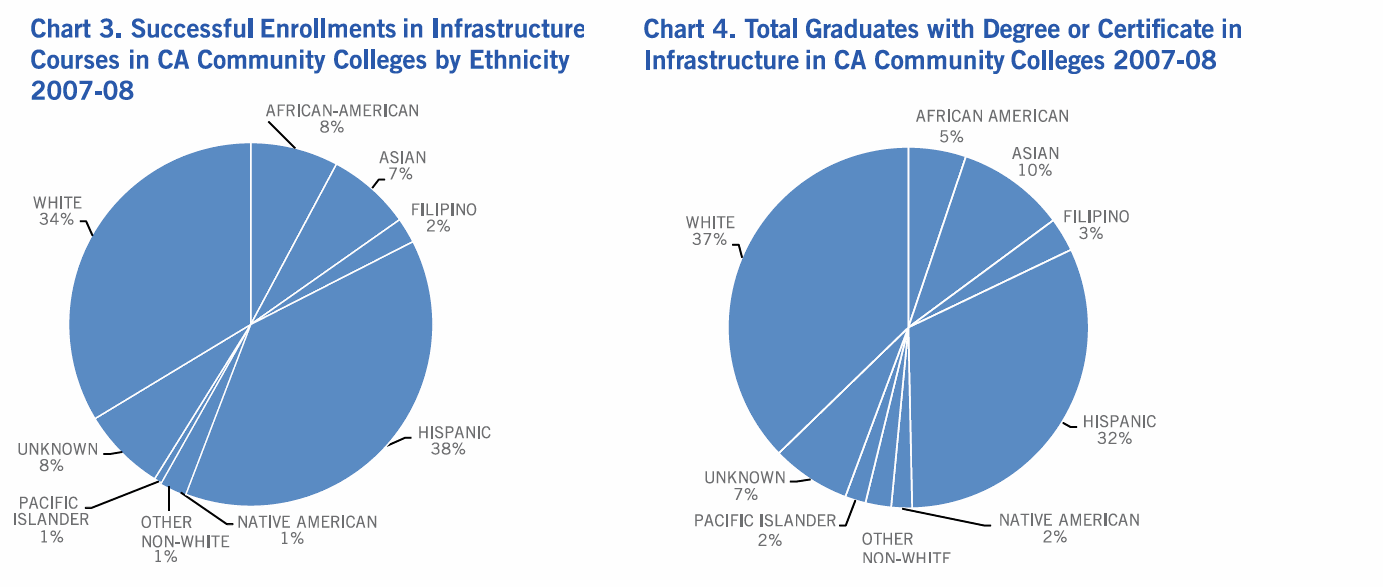
POLICYLINK
Infrastructure, so long relegated to the background in the worlds of economic policy, urban revitalization, and workforce development, has recently become the center of much more attention. Due to the federal economic stimulus, the growing interest in the green economy, and crises caused by underinvestment in public works, infrastructure has enjoyed a much higher profile of late.
TECHNIQUES FOR EFFECTIVE HIGHWAY CONSTRUCTION PROJECTS IN CONGESTED URBAN AREAS
Thursday, February 24th, 2011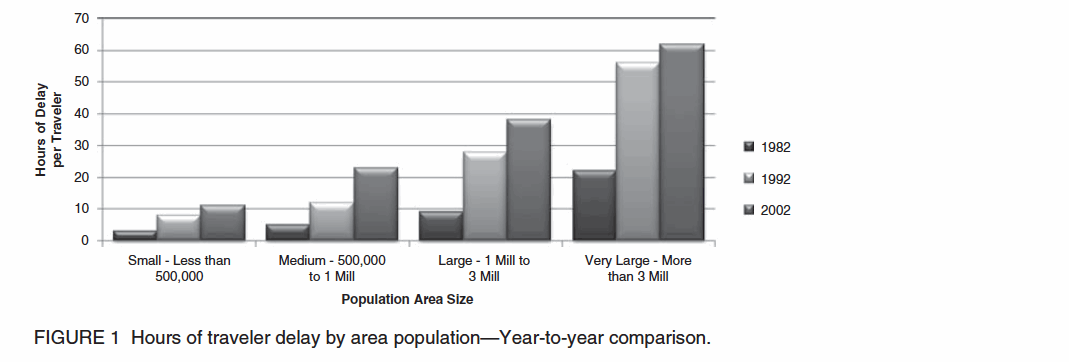
TRANSPORTATION RESEARCH BOARD
Construction projects in congested urban corridors have been a challenge for many years. High-traffic volume is just one of many concerns that need to be resolved. Adding significant utility conflicts and relocations, complex right-of-way (ROW) acquisition actions, a diverse stakeholder base, and more attentive media markets makes normally difficult work even more complicated.
From this week’s National Journal Transportation Blog…
Thursday, February 24th, 2011Transportation spending in the foreseeable future, we are told by congressional leaders, will be limited to the tax receipts deposited into the Highway Trust Fund. The President’s Budget submission said the same in so many words when it pledged that funding for surface transportation will be “paid for fully without increasing the deficit.”
View this complete post...Follow InfrastructureUSA
CATEGORIES
- Accountability (219)
- Aging Infrastructure (757)
- Aviation (130)
- Biking (324)
- Bipartisan (271)
- Bridges (493)
- Broadband (57)
- Buses (160)
- Carbon Tax (22)
- Clean Air (182)
- Climate Change (200)
- Competitiveness (230)
- Congestion (327)
- Dams (77)
- Democrat (123)
- Drinking Water (192)
- Economic Stimulus (276)
- Employment (207)
- Energy (585)
- Environment (615)
- Equity (239)
- Funding (888)
- Global (205)
- Great American Infrastructure (33)
- Green (295)
- Guests on The Infra Blog (289)
- Hazardous Waste (27)
- High Speed Rail (224)
- Highway (785)
- Inland Waterways (204)
- Jobs (251)
- Land Use (99)
- LEED (28)
- Levees (42)
- Local (1,910)
- National (1,526)
- Policy (1,121)
- Pollution (215)
- Private Investment (213)
- Public Opinion (189)
- Public Parks & Recreation (198)
- Public Transportation (1,028)
- Racism (6)
- Rail (504)
- Recession (65)
- Recovery (218)
- Republican (109)
- Roads (1,120)
- Schools (81)
- Seaports (69)
- Smart Grid (98)
- Smart Growth (442)
- Solid Waste (26)
- Sustainability (765)
- Tax (112)
- Technology (397)
- Telecommunications (46)
- Transit (1,333)
- Urban Planning (982)
- Wastewater (182)
- Water Treatment (167)
Video, stills and tales. Share images of the Infra in your community that demands attention. Post your ideas about national Infra issues. Go ahead. Show Us Your Infra! Upload and instantly share your message.
Is the administration moving fast enough on Infra issues? Are Americans prepared to pay more taxes for repairs? Should job creation be the guiding determination? Vote now!
What do the experts think? This is where the nation's public policy organizations, trade associations and think tanks weigh in with analysis on Infra issues. Tell them what you think. Ask questions. Share a different view.
The Infra Blog offers cutting edge perspective on a broad spectrum of Infra topics. Frequent updates and provocative posts highlight hot button topics -- essential ingredients of a national Infra dialogue.
Dear Friends,
It is encouraging to finally see clear signs of federal action to support a comprehensive US infrastructure investment plan.
Now more than ever, our advocacy is needed to keep stakeholders informed and connected, and to hold politicians to their promises to finally fix our nation’s ailing infrastructure.
We have already engaged nearly 280,000 users, and hoping to add many more as interest continues to grow.
We require your support in order to rise to this occasion, to make the most of this opportunity. Please consider making a tax-deductible donation to InfrastructureUSA.org.
Steve Anderson
Managing Director
SteveAnderson@InfrastructureUSA.org
917-940-7125
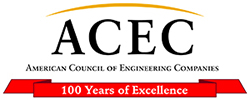
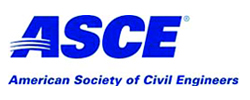






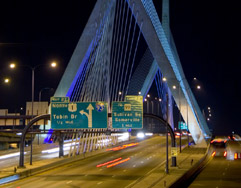
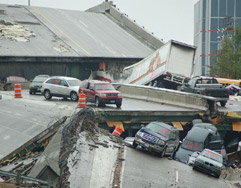
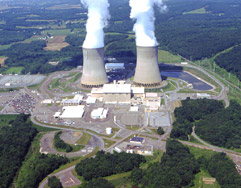
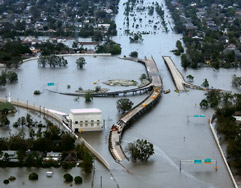

 RSS Feed
RSS Feed